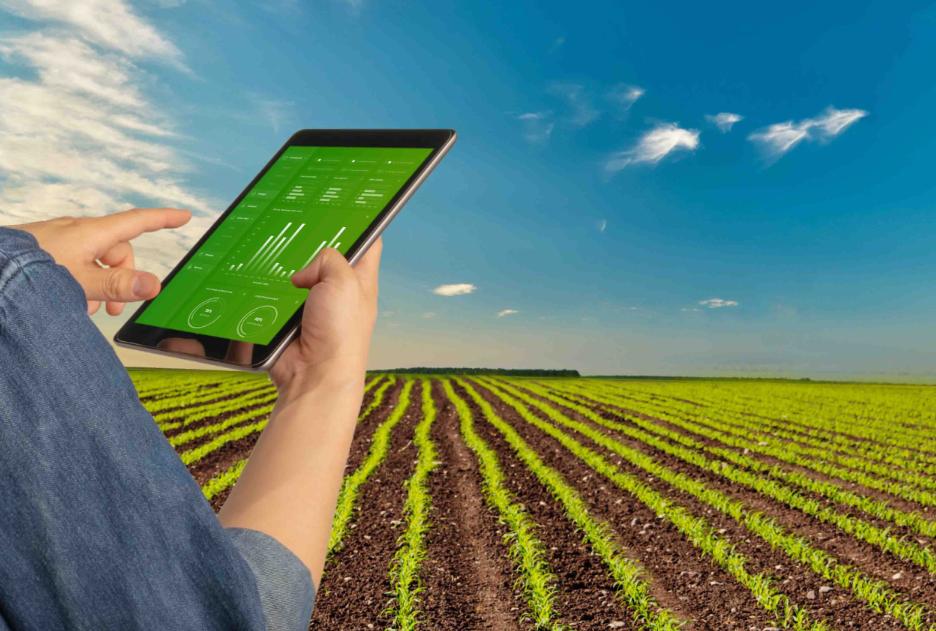Agriculture is evolving, and efficient farm management is now more important than ever. Investing in the right crop management software can revolutionise the way you handle your operations, improving productivity and profitability. But with so many options on the market, what features should you prioritise?
1. Intuitive User Interface
A straightforward and user-friendly interface is essential. The software should be easy to navigate, even for users with limited technical expertise, allowing for quick adoption and effective use.
2. Field Mapping Tools
Detailed field mapping capabilities help you visualise your farm’s layout. This feature enables precise tracking of activities, crop performance, and soil conditions across different fields.
3. Real-Time Data Collection
Choose software that supports real-time data collection through mobile devices or IoT sensors. This ensures up-to-date information for accurate decision-making and faster responses to issues.
4. Integrated Weather Forecasting
Weather impacts every stage of crop production. Software with built-in weather forecasting helps you plan activities like planting, irrigation, and harvesting based on accurate local forecasts.
5. Inventory Management
Effective inventory tracking is crucial for managing seeds, fertilisers, pesticides, and equipment. Look for software that simplifies stock monitoring and reordering.
6. Financial Tracking
Profitability hinges on good financial management. Crop management software should include tools for budgeting, expense tracking, and analysing costs versus yields.
7. Pest and Disease Monitoring
Software that provides alerts and insights into pest and disease risks can save crops and minimise losses. Early intervention supported by this feature helps maintain healthy yields.
8. Compliance and Record-Keeping
Regulations surrounding farming practices can be complex. Software with compliance tracking and record-keeping capabilities ensures you meet legal requirements with minimal effort.
9. Customisable Reports and Analytics
Detailed analytics are key to understanding what works on your farm. Look for software that offers customisable reports to track performance, identify trends, and make informed decisions.
10. Scalability and Integration
Your needs may grow as your business does. Ensure the software can scale with you and integrates seamlessly with other tools you use, such as accounting systems or machinery.
Conclusion
Selecting the right crop management software is an investment in your farm’s future. By focusing on these essential features, you can choose a solution that boosts efficiency, reduces costs, and sets your operation up for sustainable growth. With the right tools, you’ll be better equipped to adapt to changing conditions and make data-driven decisions, securing a competitive edge in modern farming.

